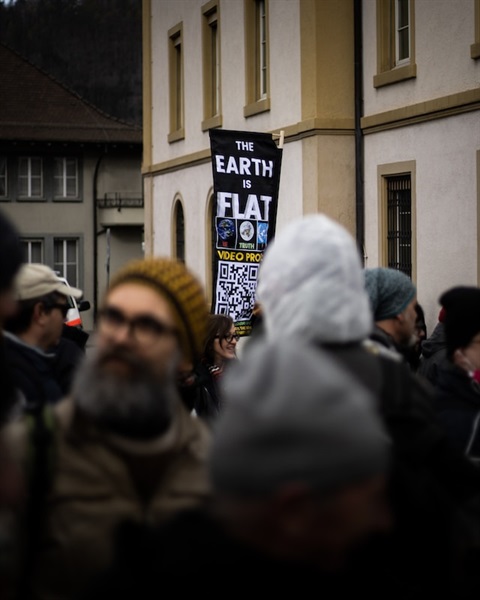Identifying Fake News

Fake news refers to false or misleading information presented as news or factual reporting. It can include fabricated stories, hoaxes, conspiracy theories, and exaggerated or distorted information. The purpose of fake news is often to deceive readers or viewers and manipulate public opinion.
Fake news is a real and has been recently recognised by Susan Templeman MP. Watch her speech on libraries.
Fake news can be spread through various mediums, including social media platforms, websites, blogs, and even traditional media outlets. It takes advantage of people's trust in the information they consume and can have significant consequences, such as influencing elections, inciting violence, or damaging reputations.
Fake news often features sensationalised headlines, misleading or selectively edited content, and lacks credible sources or fact-checking. It can be challenging to identify fake news, as it can mimic the style and appearance of legitimate news sources. Critical thinking, fact-checking, and verifying information from multiple reliable sources are essential to combat the spread of fake news.
Why do people create fake news?
It can be done to manipulate public opinion on certain topics. Usually there is some truth used to justified the material displayed. An example of this is: As debate about the Voice continues, this pervasive myth about 'secret documents' continues to surface. Another example is: Is This an Authentic Video of a Tesla Catching on Fire?
The author of the fake news might try to gain financial gain from the sale of related items, fraud - investment scheme or by fund-raising.
The author may just be creating an elaborate joke. An example of this is: Dihydrogen Monoxide - DHMO
Where can I get more information?
Reputable fact-checking websites
- AAP FactCheck: experienced journalists providing objective analysis of misinformation and misleading content.
- Snopes: the oldest and largest fact checking site on the internet.